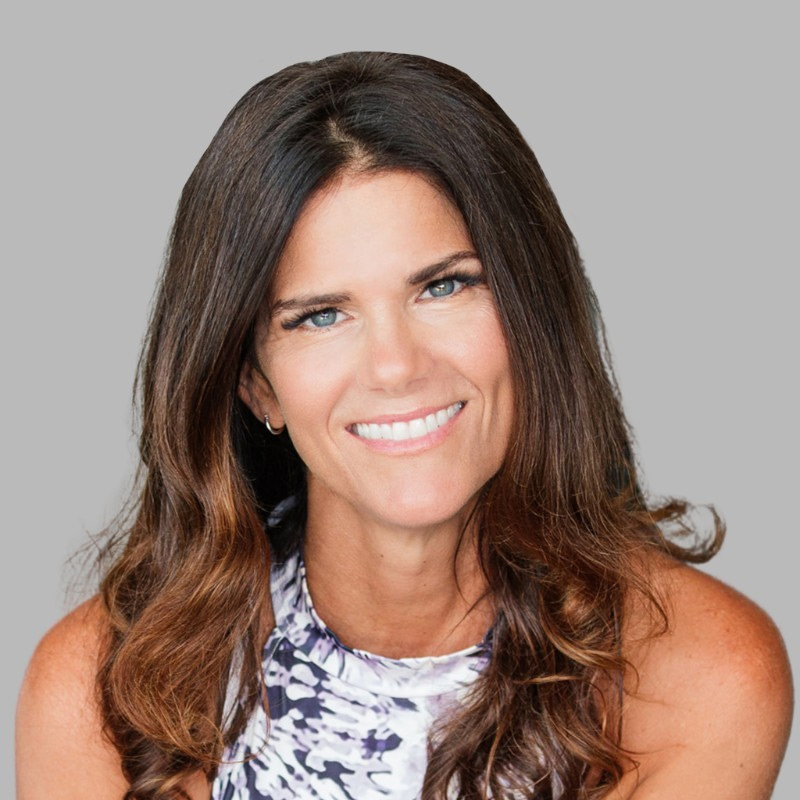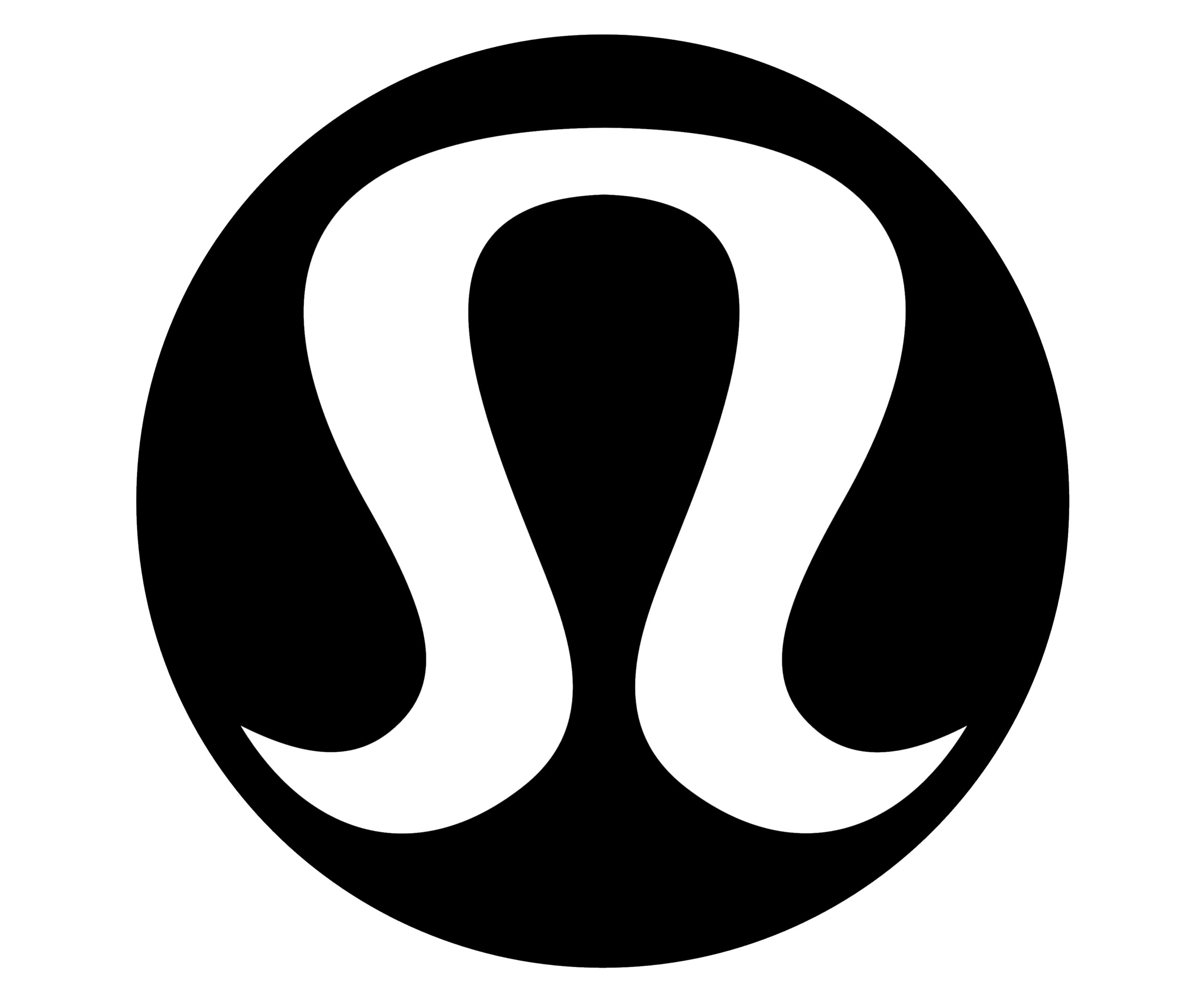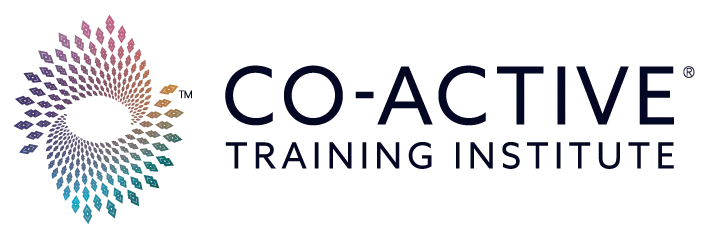Blog
Co-Active Training Institute Blog
The Co-Active Training Institute blog will help you understand the profound experiences and benefits of training with the worldwide leader in coach training.
Most recent blogs

Responsibility
How to Build a Business Case for Coach Training at Your Organization

Systems & Structure
Journey to Mastery: What Deepen the Work Certification Offers

Systems & Structure
From Knowledge to Action: How Ignite the Practice Builds Coaching Confidence

Systems & Structure
The Co-Active Coach Training Pathway: A Roadmap to Coaching Mastery

Systems & Structure
9 Powerful Coaching Questions to Use in Upcoming Client Sessions

Innovation & Impact
Leadership Coaching ROI: 55% Better Results Than Traditional Training

Innovation & Impact
The Power of Ownership and Self-Management In Coaching

Innovation & Impact
The Role of an Internal Coach: What to Expect and How to Get Started

Innovation & Impact
Debunking Common Coaching Myths: What Coaching Is (and What It Isn’t)

Responsibility
Key Coaching Responsibilities: What Coaches and Clients Need to Know

Innovation & Impact
How to Build a Coaching Culture Using Co-Active Principles

Innovation & Impact
Coaching Leads: How to Secure the Right Clients
All Blogs
All Blogs
Responsibility
Innovation & Impact
Systems & Structure
All Blogs
Responsibility
Innovation & Impact
Systems & Structure
What People Say About Co-Active Training Institute

★★★★★
“The Co-Active Leadership Experience is a transformative program for anyone. We are all leaders, whether we are conscious of that or not. Each of us is having an impact on ourselves, each other, and the planet. This course teaches us awareness, ownership, AND a model that empowers us to make a difference.”
Darla Beam
★★★★★
“The Co-Active Leadership Experience is a transformative program for anyone. We are all leaders, whether we are conscious of that or not. Each of us is having an impact on ourselves, each other, and the planet. This course teaches us awareness, ownership, AND a model that empowers us to make a difference.”

Darla Beam

★★★★★
“The Co-Active Training Program has revolutionized how our teams operate and lead. The impact of the training has been profound, producing both clear financial ROI and a huge amount of deep-felt benefits.”
Leader at Lululemon
★★★★★
“The Co-Active Training Program has revolutionized how our teams operate and lead. The impact of the training has been profound, producing both clear financial ROI and a huge amount of deep-felt benefits.”

Leader at Lululemon

★★★★★
“What’s so extraordinary about the program is that it lifts you right out of your expected ways of doing things and lets you effectively be a different person. What got me here was this experiential program, where I was calling upon all parts of my soul — the values, the spiritual, the intellectual, the emotional.”
Celeste Schenck
President, American University of Paris
★★★★★
“What’s so extraordinary about the program is that it lifts you right out of your expected ways of doing things and lets you effectively be a different person. What got me here was this experiential program, where I was calling upon all parts of my soul — the values, the spiritual, the intellectual, the emotional.”

Celeste Schenck
President, American University of Paris


































































































